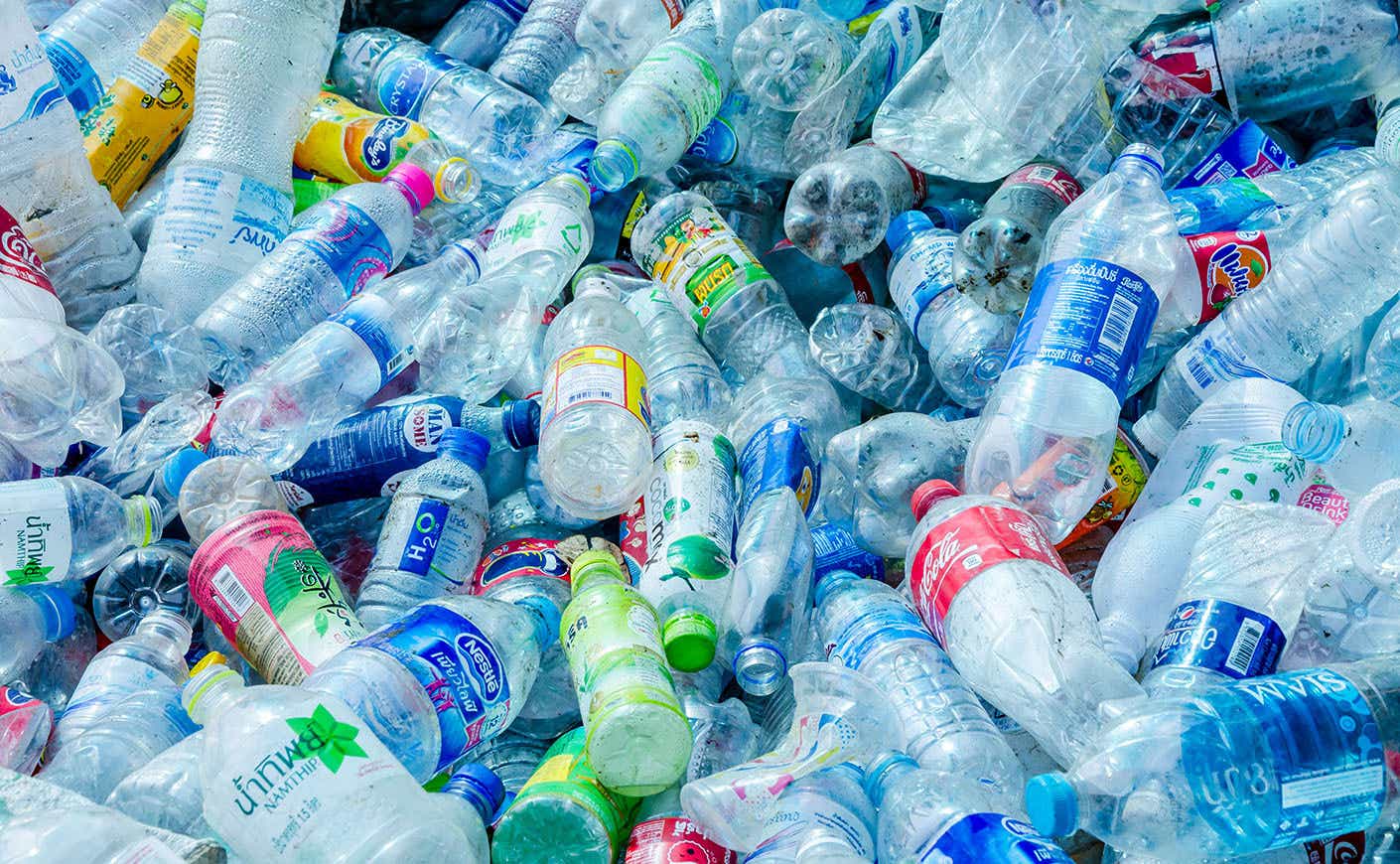If you feel better about using single-use plastic because you always recycle, we have some bad news: an alarming amount of plastic is never actually reused. That’s just one of the topics Laurie David and Heather Reisman cover in their new book Imagine It!: A Handbook for a Happier Planet. It’s got some easy, practical advice on how to live more sustainably. Today, we’re talking to Laurie about plastic— why it’s such a problem for the planet, and what you can do about it.
Want to win a free copy of Imagine It? Click here for your chance to win!
KCM: Can you explain why it’s so important to be aware of “the plastic problem”?
Laurie David: 90% of the world’s plastic is not recycled. So recycling is not working, at least as it relates to plastics. That’s important to know. Also, people don’t connect that plastic is a by-product of petroleum. It’s oil. It’s something that can be made very cheaply, and so there’s tons of it. We’ve even gotten to the point where we have this attitude that it’s something we can use once and throw it away.
Let’s take a moment to think about the insanity of that concept. Here’s a product that, when manufactured, excavated and shipped, creates so much greenhouse gases. It’s bad for the planet; it’s bad for the air. Plastic also leaches chemicals into the food we’re eating. We are actually ingesting about 2,000 micro-plastic particles each week, which is equivalent to the size of a credit card. It is making a gigantic environmental mess. The best thing that we can all do, as individuals, is to develop an allergy to it.
So, how do we do that?
We have to take an honest look at this. Individuals can have a huge impact. We’re the customers—the stuff is being made, and we’re buying it. Go through every room in your house. Your bathroom, where you do laundry, the kitchen— and also think about your day when you leave your house. How much plastic are you buying? What’s your drink coming in? What’s your takeout food coming in? Think about that, and then consider how you can replace those things with sustainable alternatives.
Can you give an example of a non-plastic alternative that’s easy to replace in your everyday life?
The good news—and there is some good news—is that there’s a booming business for companies tackling this problem and bringing us alternatives. We list a ton of them in the book, but one of my personal favorites is that there are now all kinds of bar shampoos and conditioners. This is an easy swap everyone can make to start eliminating the huge amount of plastic waste from our landfills.









